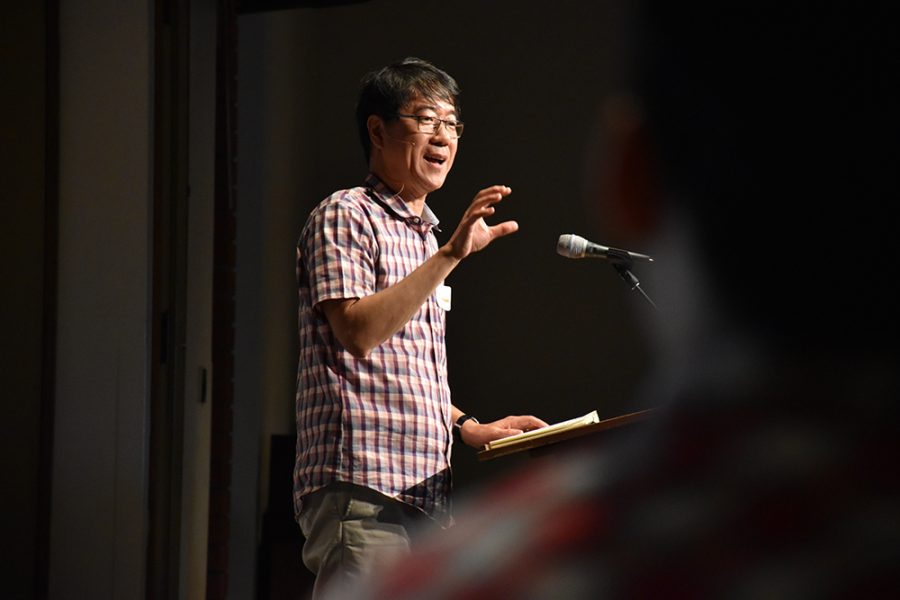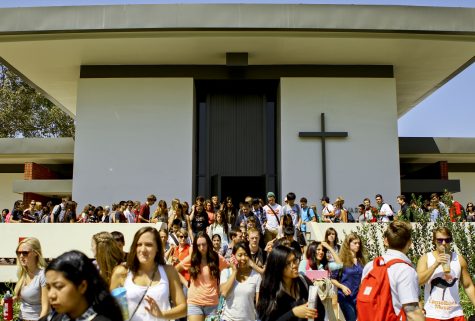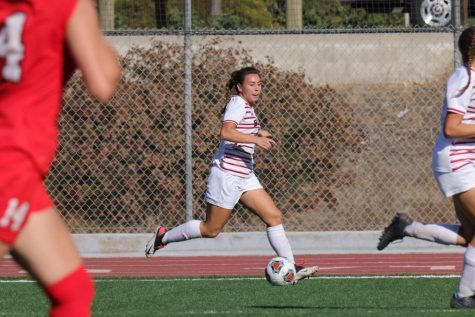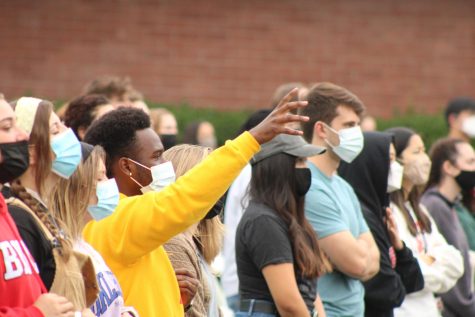Culture and Christianity
Asian-Americans gather to learn about the importance of diversity and unity in the church.
November 9, 2016
Many people who belong to multiple cultures feel as if they cannot settle in places. They strive to find a place where they feel they belong and can call home. Biola seeks to give them a sense of community and home by hosting events, such as the Asian-American Ministry Conference.
A sense of community
Over 230 Asian-American pastors, students and teachers gathered together on campus Saturday, Nov. 5 to learn about the future of the Asian-American church and the importance of recognizing culture and unity in the church.
Talbot School of Theology’s Doctor of Ministry program hosted the third annual Asian-American Ministry Conference with Peter Cha, the professor of church, culture and society at Trinity Evangelical Divinity School as the keynote speaker. Cha spoke on this year’s theme: “Envision: Looking Towards the Future of the Asian American Church.” People from around the area came to hear his eloquent teaching, learn about their culture and make relationships with people they identify with.
“I think a huge benefit for gathering like this is we see the big picture of what God is doing in our midst and through Asian-American churches,” Cha said.
Honoring God with culture
Cha began his speech by describing when his own family immigrated to the United States in 1972. He spoke on the amount of Asian immigrants since 1965, the culture of Asian-American churches today and the importance of using culture — not ignoring it — to honor God.
“It’s important to recognize [culture], it’s important to understand it, it’s even important to take advantage of what a culture has to offer and use it in the church,” said John Shin, one of the men helping with the event.
In the conference, they spoke of the misconception many Christians believe based on Galatians 3:28 — all are one in Christ — that culture has no importance in the church. Cha described that Christians think focusing on different cultures proves another way of holding onto one’s old, sinful nature because it causes them to focus on the human’s flesh. However, they believe this directly conflicts with the church’s nature as it models Christ.
“I believe every church, like our Jesus — who is the head of the church — has two dimensions. Jesus, as you know, is fully human and fully divine. Church also has a spiritual dimension, but also a cultural dimension,” Cha said. “Otherwise, if church does not have a culture, it cannot be that incarnational witnessing community to that particular culture to which they are sent.”
Bridging the generational gap
The conference also focused on the apparent understanding gap between the first, second and third generations of Asian-Americans, specifically the second and third generations and their feelings of dissociation from their cultures.
“[The conference] is bringing our students to be able to communicate with their parents but also bringing the religious Christian aspect of understanding,” said Esther Kim, Talbot student and volunteer at the event.
While the conference supported diversity, it also focused on unity, specifically within Asian-American families but also for the Asian-American church and the Christian church.
“It’s for communication purposes and trying to bridge the gap and trying to understand each other, because I think that is one of the biggest reasons why we have these cultural conferences: to bridge that gap,” Kim said.







